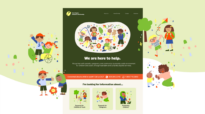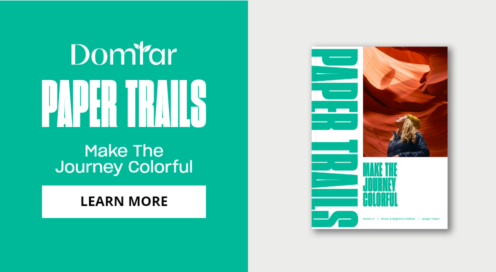Resources for designers' self development
Written by Yurko Gutsulyak RGD, Gutsulyak.Studio
A designer needs to have a wide worldview and an analytical mind in order to develop well-informed, targeted messages. Inspirational and business tools are not enough for self-development, so I've suggested five alternative resources that encourage us to look at design more broadly and stay curious. This little collection can help us understand designers' day to day challenges, systematize and elevate some practical skills, make cultural discoveries, observe design evolution, forecast trends and research the best practices throughout time.

1. Mike Monteiro's blog on Medium
You may know Mike Monteiro from his bestselling book, Design Is a Job, a simple yet very important read for all design industry professionals. Montiero's blog is a good continuation of this that delves even deeper into the trends and happenings in the design industry today. I was initially attracted to the blog when I read his post entitled Design's Lost Generation, where Menteiro notes, “The current generation of designers have spent their careers learning how to work faster and faster and faster. And while there’s certainly something to be said for speed, excessive speed tends to blur one’s purpose.”
Mike will be speaking at DesignThinkers Vancouver this May!

2. Matthew Butterick’s Practical Typography online book
This online book is not only useful in content but also unique as a product itself. The author designed fonts for this project as well as programmed an open-source publishing system. The book offers readers theoretical and practical knowledge about typography. Moreover, it is a very good example of web layout itself, or it is better to say a version of presenting a “printed” book on the screen. The book is available online only and cannot be downloaded. The foreword is written by legendary Erik Spiekermann.

3. TransArtists
This website collects information about art residences around the world. It is dedicated to all kinds of art including graphic design. You can find a database of open residences and the descriptions on how to apply. This gives creatives an opportunity to travel, meet new people from industry and work on private projects. Some residences are to be paid by the artist while the others offer financial support. The majority of programs are typically finished with the exhibition at the venue.

4. Trendlist
Trendlist offers a catalogue of information on graphic design trends from around the world, with the most up-to-date examples. All types of trends are collected into an archive, so it provides a look into changing trends over time. This trend collection is a great way to better understand what is going on with visual culture generally and in relation to a specific regional design market.

5. Cooper Hewitt online collection
Cooper Hewitt Museum is probably one of the best museums dedicated specifically to design. Its exhibitions explore about two and half centuries of visual aesthetic and creativity. However, not many people know that the museum has its online collection. The archive is well structured and easy to navigate, every masterpiece has detailed description and good quality images.

Yurko Gutsulyak RGD
Gutsulyak.Studio
Tags
Related Articles


Logan Chapman RGD, Roxanne Hammond Associate RGD, Emma Hodgson Associate RGD, Samiksha Makhijani RGD, Rupsha Mutsuddi Associate RGD, Preet Soni Associate RGD














